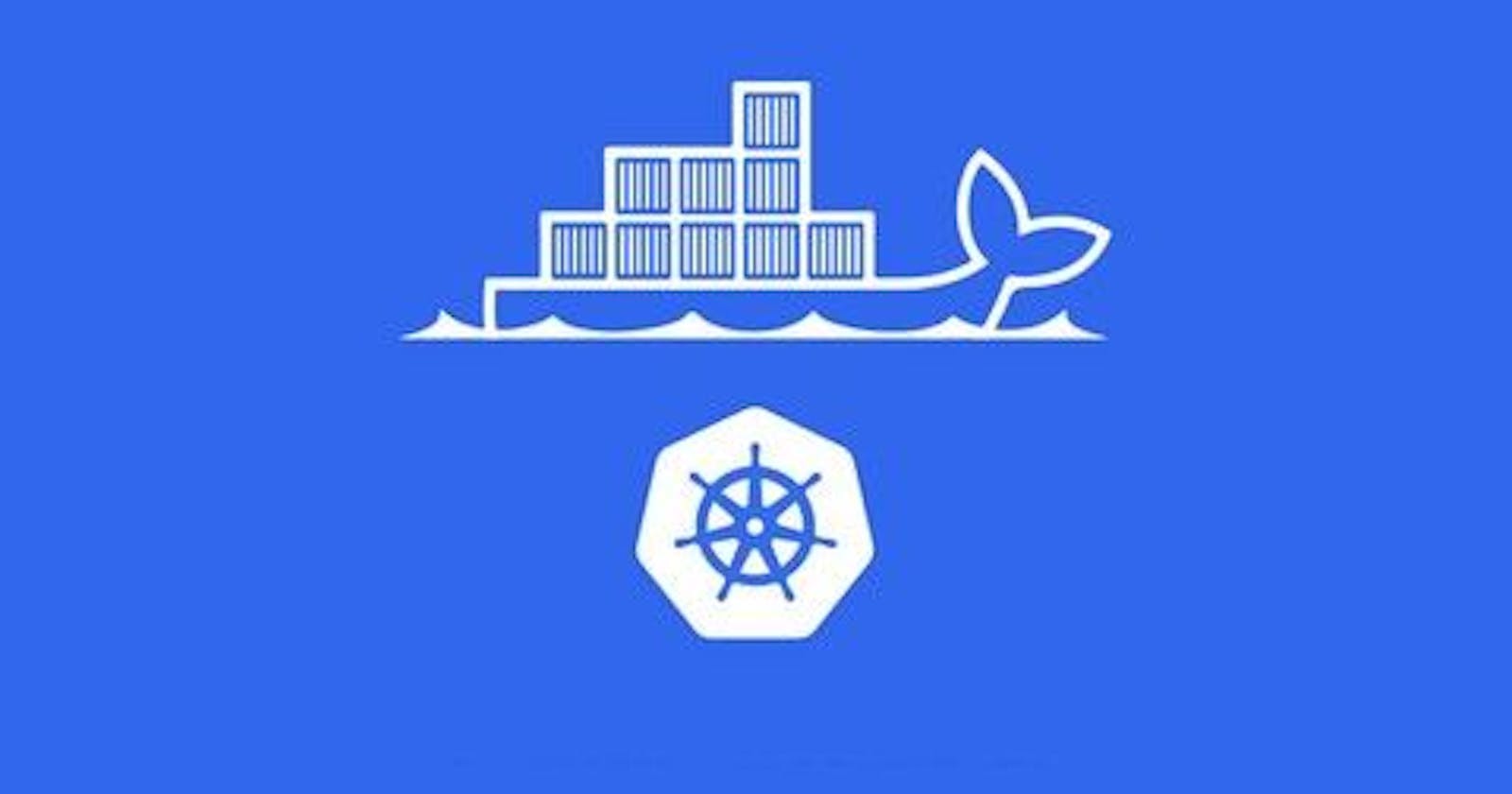Introduction :-
In the realm of modern application development, managing stateful applications presents unique challenges compared to stateless counterparts. Stateful applications, which store persistent data, require specialized handling to ensure data integrity, resilience and scalability. Kubernetes with its robust orchestration capabilities, provides a powerful platform for managing stateful applications effectively. In this comprehensive guide, we will delve into the intricacies of managing stateful applications with Kubernetes, exploring best practices, tools and techniques for achieving optimal performance and reliability.
Understanding Stateful Applications :-
Stateful applications maintain data or state across multiple sessions or interactions making them inherently more complex to manage than stateless applications. Examples include databases, message brokers and file storage systems. Unlike stateless applications, which can be easily scaled horizontally stateful applications require careful handling to preserve data consistency and availability.
Challenges in Managing Stateful Applications :-
Managing stateful applications poses several challenges including :-
Data Persistence :- Stateful applications require persistent storage to store data reliably across pod restarts or rescheduling.
Identity and Network Configuration :- Stateful applications often rely on stable network identities and hostnames for communication and data replication.
Ordering and Consistency :- Maintaining data consistency and ensuring proper sequencing of operations are crucial for stateful applications.
Backup and Restore :- Implementing robust backup and restore mechanisms is essential to safeguard against data loss or corruption.
Scaling and High Availability :- Scaling stateful applications while ensuring data consistency and availability presents unique challenges compared to stateless applications.
Managing Stateful Applications with Kubernetes :-
Kubernetes offers several features and resources tailored to address the challenges of managing stateful applications effectively. Let's explore some best practices and techniques for managing stateful applications with Kubernetes :-
- PersistentVolumes and PersistentVolumeClaims :- PersistentVolumes (PVs) and PersistentVolumeClaims (PVCs) provide a mechanism for decoupling storage from pods allowing stateful applications to access persistent storage dynamically. PVs represent physical storage resources while PVCs are requests for storage by pods. Kubernetes supports various storage backends, including local storage, NFS, AWS EBS and Azure Disk, enabling flexibility in storage provisioning.
Example :-
apiVersion: v1
kind: PersistentVolumeClaim
metadata:
name: my-pvc
spec:
accessModes:
- ReadWriteOnce
resources:
requests:
storage: 1Gi
- StatefulSets :- StatefulSets are specialized controllers designed to manage stateful applications with unique identity, stable network addresses and ordered deployment and scaling. StatefulSets ensure deterministic pod naming, persistent network identifiers and ordered deployment and scaling, making them ideal for deploying databases, messaging queues and other stateful workloads.
Example :-
apiVersion: apps/v1
kind: StatefulSet
metadata:
name: my-statefulset
spec:
serviceName: my-service
replicas: 3
selector:
matchLabels:
app: my-app
template:
metadata:
labels:
app: my-app
spec:
containers:
- name: my-container
image: my-image
ports:
- containerPort: 8080
volumeMounts:
- name: my-volume
mountPath: /data
volumeClaimTemplates:
- metadata:
name: my-volume
spec:
accessModes: [ "ReadWriteOnce" ]
resources:
requests:
storage: 1Gi
- Headless Services :- Headless Services are services without cluster IP addresses typically associated with StatefulSets to enable stable network identities for pods. Headless Services allow direct communication with individual pod instances, facilitating peer-to-peer communication and distributed system architectures.
Example :-
apiVersion: v1
kind: Service
metadata:
name: my-service
spec:
clusterIP: None
selector:
app: my-app
ports:
- port: 8080
protocol: TCP
- PersistentVolume Provisioners :- Kubernetes supports dynamic volume provisioning using storage classes and volume provisioners. Storage classes define the type of storage available and the provisioning mechanism while volume provisioners handle volume creation and deletion dynamically. Storage classes enable on-demand provisioning of persistent storage, reducing administrative overhead and simplifying storage management for stateful applications.
Example Storage Class :-
apiVersion: storage.k8s.io/v1
kind: StorageClass
metadata:
name: my-storage-class
provisioner: kubernetes.io/aws-ebs
parameters:
type: gp2
zone: us-west-1a
Conclusion :-
Managing stateful applications with Kubernetes requires careful consideration of data persistence, identity management, consistency and scalability. By leveraging Kubernetes features such as PersistentVolumes, StatefulSets, Headless Services and dynamic volume provisioning organizations can overcome the challenges of managing stateful applications effectively. With Kubernetes as a cornerstone of stateful application management, organizations can achieve enhanced data integrity, resilience and scalability driving innovation and growth in the modern digital landscape.
Let's continue exploring the endless possibilities of managing stateful applications with Kubernetes and unleash the full potential of cloud-native technologies to drive innovation and growth in the digital era.
